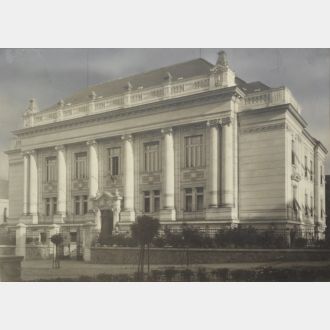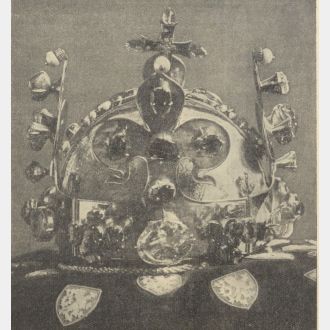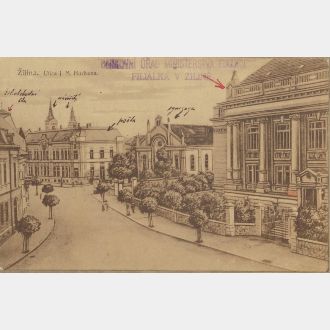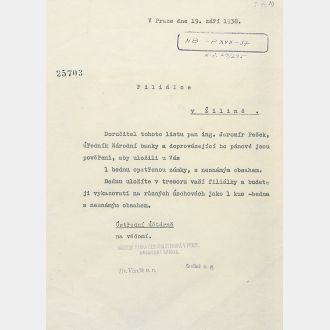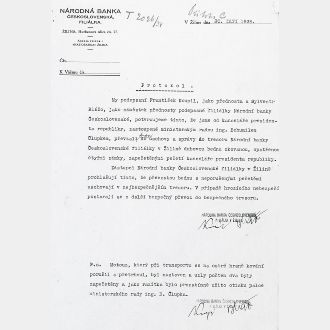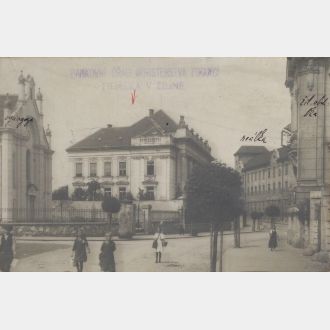Iron-bound oak chest with unknown Contents

Decades later, some documents in the CNB Archive still guard their secrets. Among them are letters dated 19 and 20 September 1938. What links them is an four locks and the seal of the Office of the President, bearing the note "contents unknown". The chest was to be stored in the most secure vault of the Žilina branch of the National Bank of Czechoslovakia and, in the event of danger, transferred to another vault.
In the mid-1930s, the National Bank of Czechoslovakia began preparing for a possible war with Germany. In addition to building backup facilities in Slovakia for potential evacuation – such as an alternative printing works for banknotes in Harmanec and staff accommodation in Rajecké Teplice – its officials took part in discussions on safeguarding the basic functions of the state during wartime. The bank's vaults were chosen to store the most valuable items owned by the state, including the crown jewels of Czech kings.
The bank's branch in Žilina, which had only recently been equipped with adequate security infrastructure, was selected for the safekeeping of the most precious items. In September 1938, as threats from Nazi Germany escalated, and just days before mobilisation was declared, a covert operation was quietly launched under the codename OPERATION JFV (Operation Jewels of Fascinating Value). On 15 September 1938, the chamber containing the crown jewels was opened, and over the following three days, a storage chest was constructed from oak planks and secured with four locks.
On the morning of 19 September 1938, Karel Strnad, the Ministerial Councillor at the Office of the President, arranged with the Governor of the National Bank of Czechoslovakia for the transport of this chest, along with eighteen others containing equipment from the Office, to the Žilina branch. A car carrying the chest departed Prague Castle that same day at 6:00 p.m., accompanied by Bohumil Člupek representing the Office of the President and Jaromír Pešek from the National Bank of Czechoslovakia. Pešek carried a letter from the Governor instructing the branch's management to store the oak chests in the most secure areas of the building. The following day, receipt of the "chest with unknown contents" was confirmed in a letter by the branch manager František Koupil and his deputy Sylvestr Blažo.
The outcomes of the Munich Conference and their forced acceptance by Czechoslovakia just days later resulted in the transfer of the crown jewels back to Prague Castle. Less than three weeks later on 6 October 1938, Bohumil Člupek and National Bank inspector Jan Čáp retrieved them from the Žilina branch. This was the end of the story of the oak chest with the seal of the Office of the President in our central bank.




